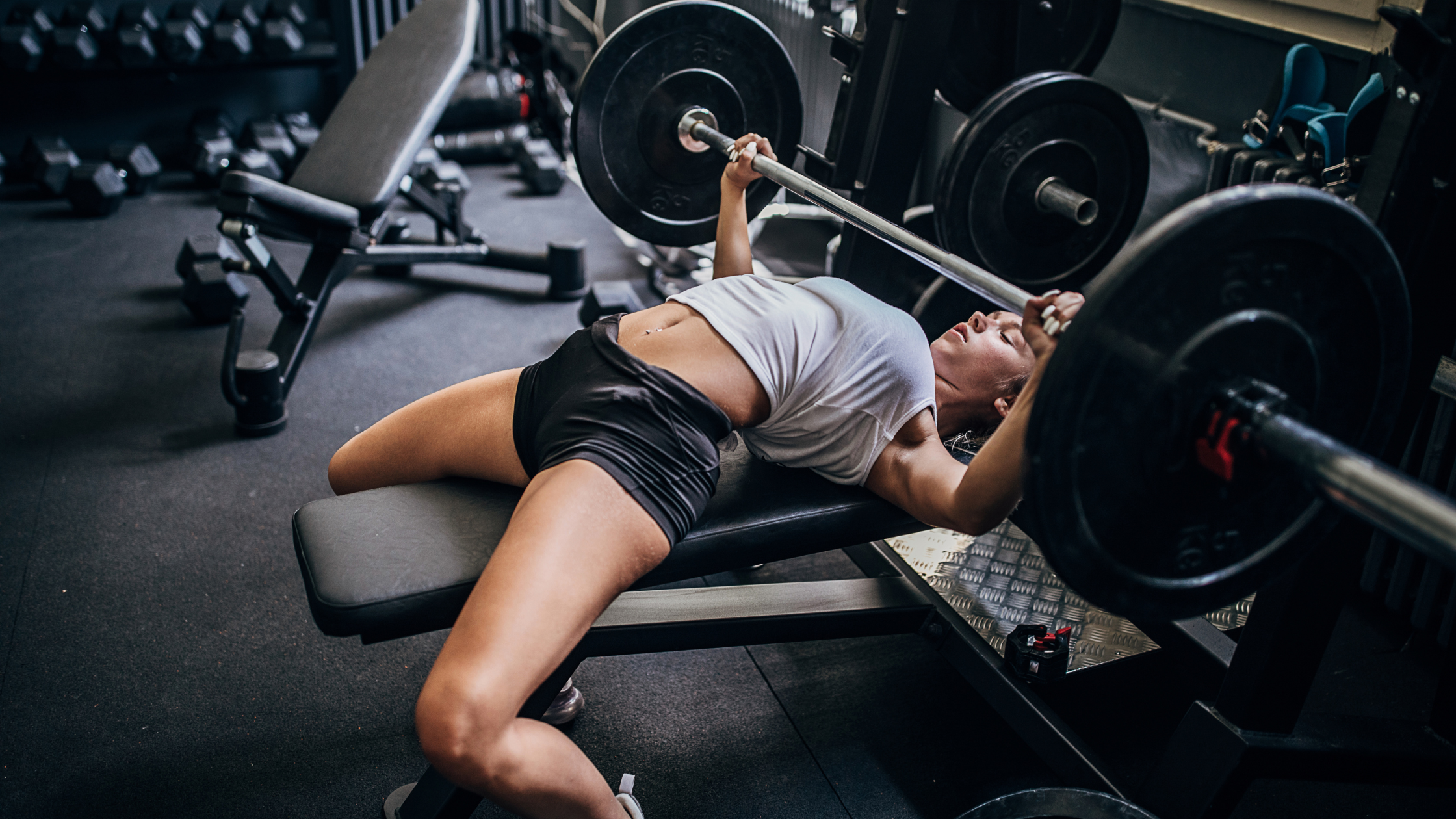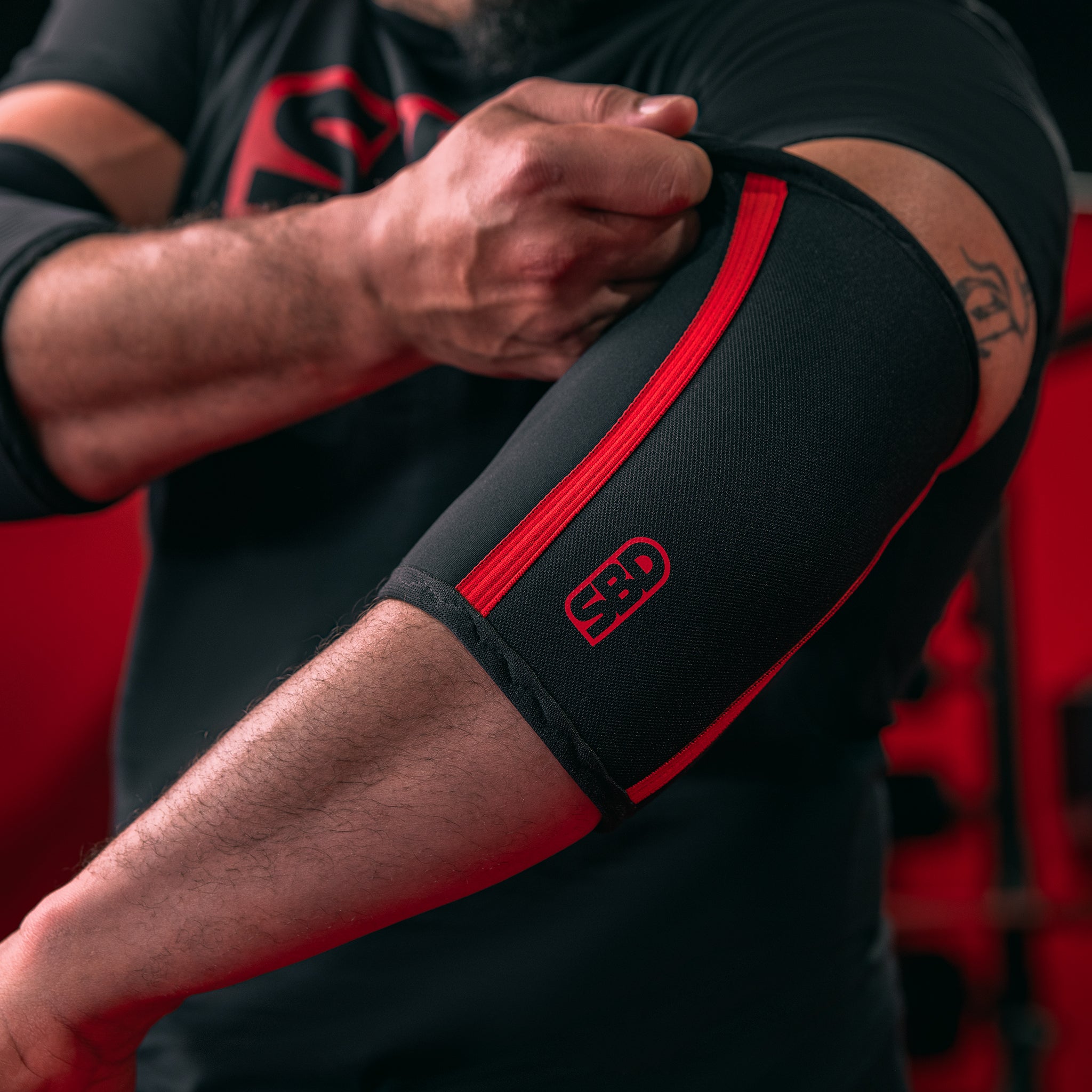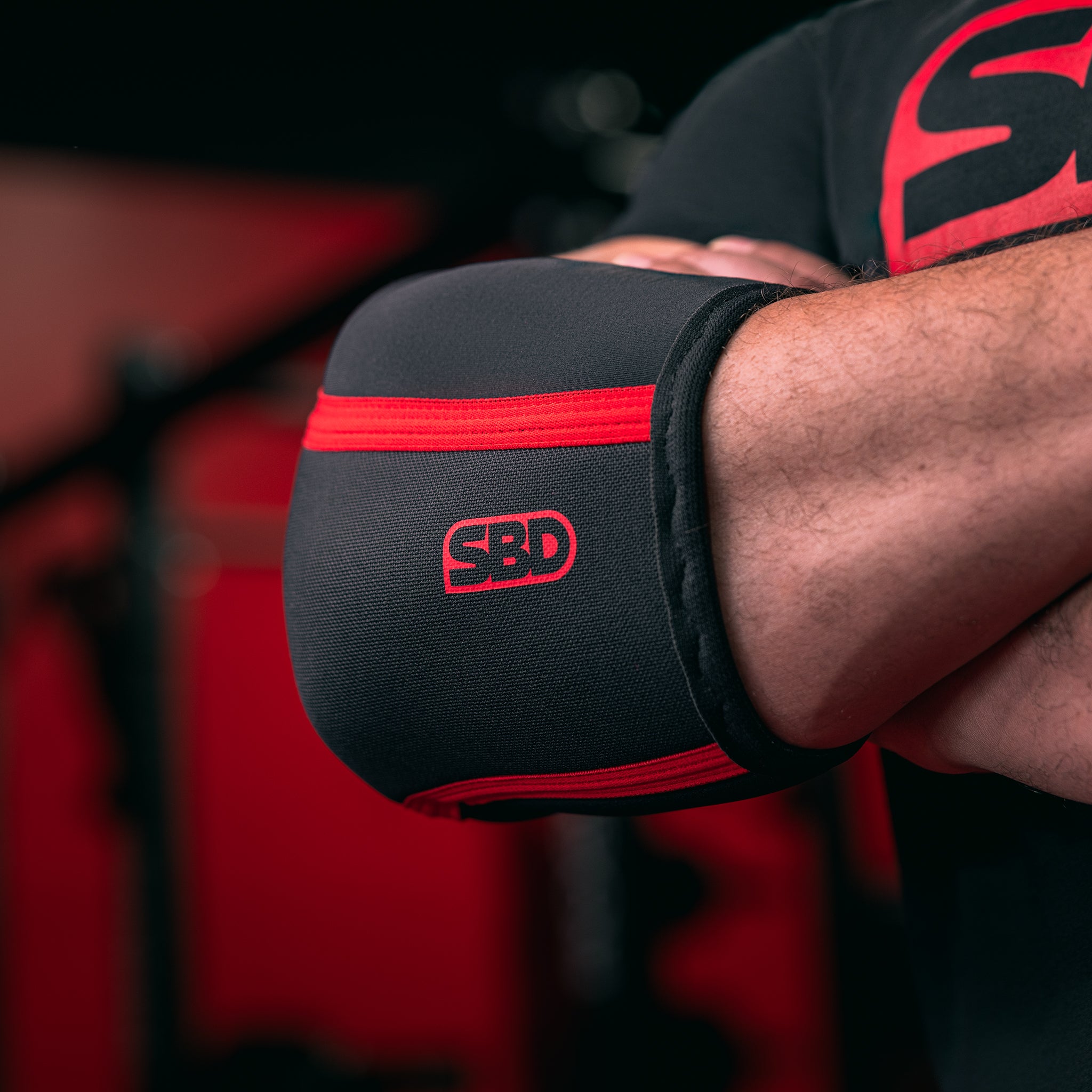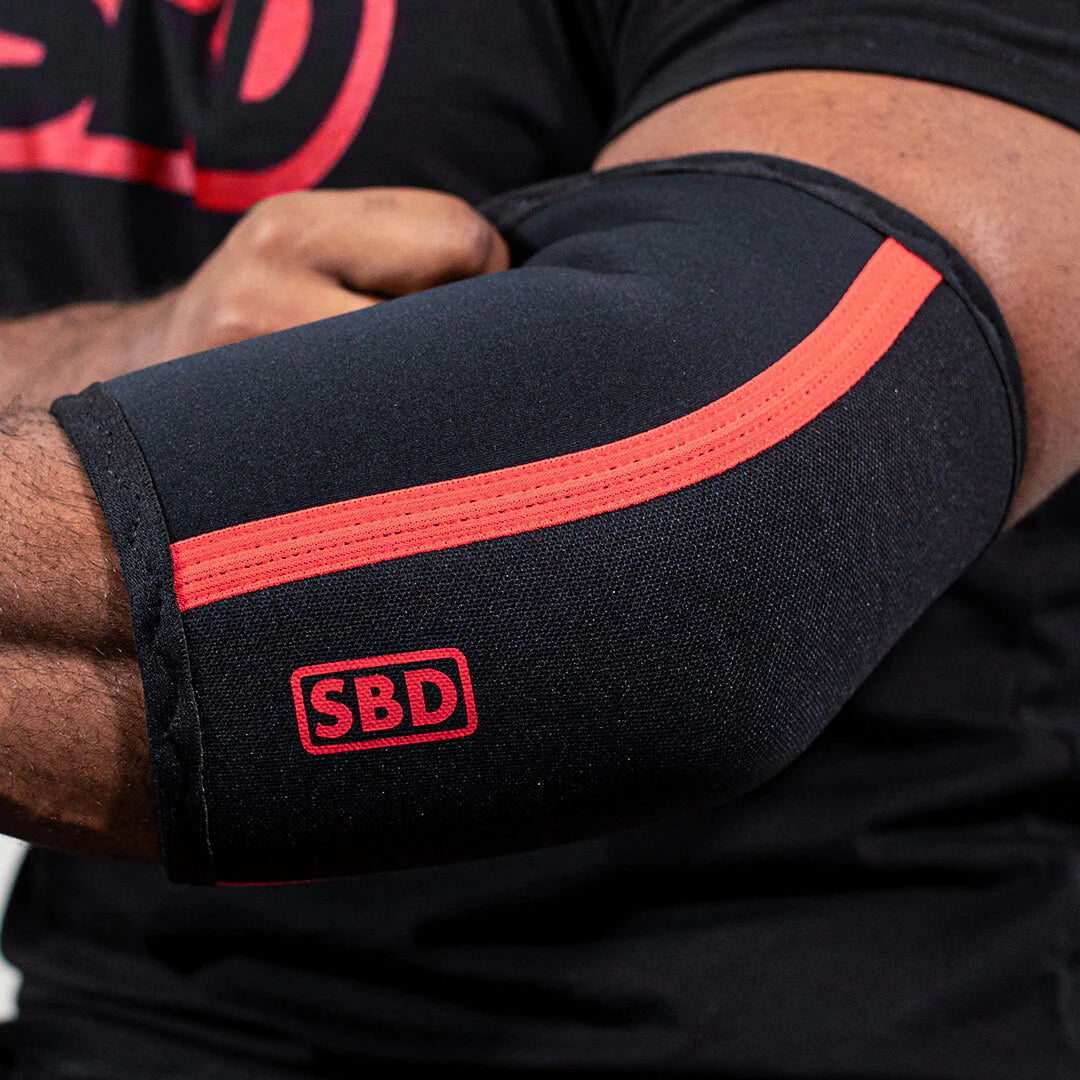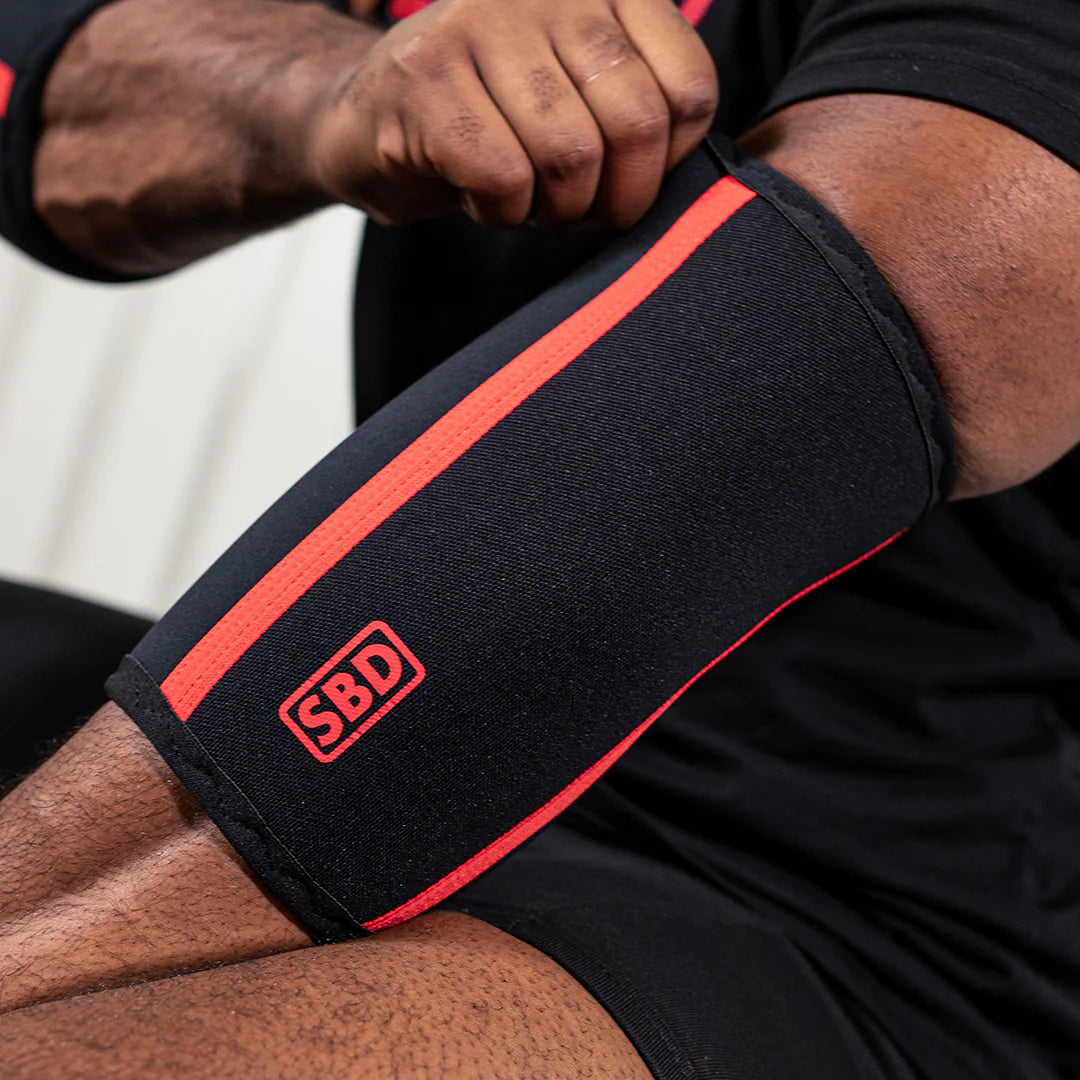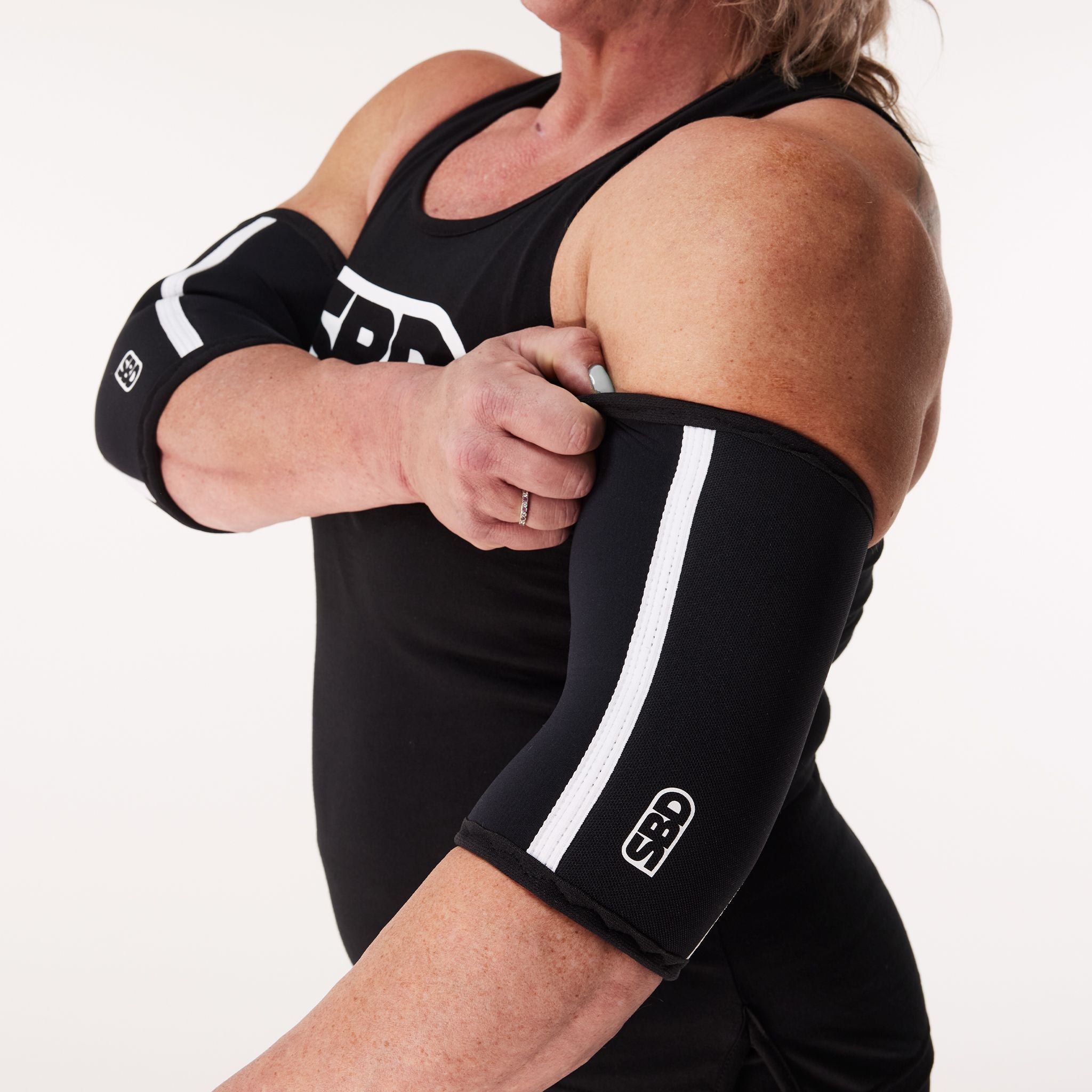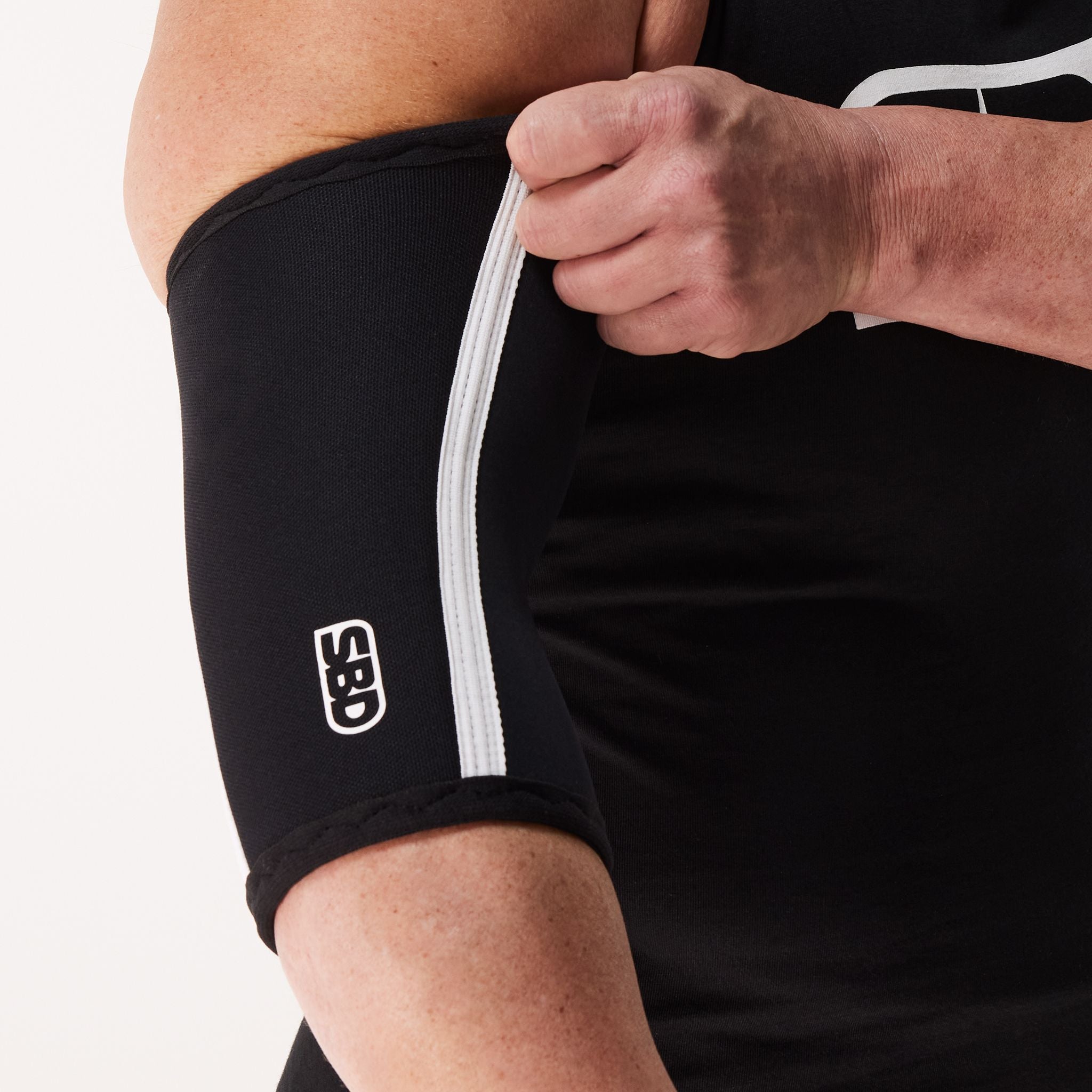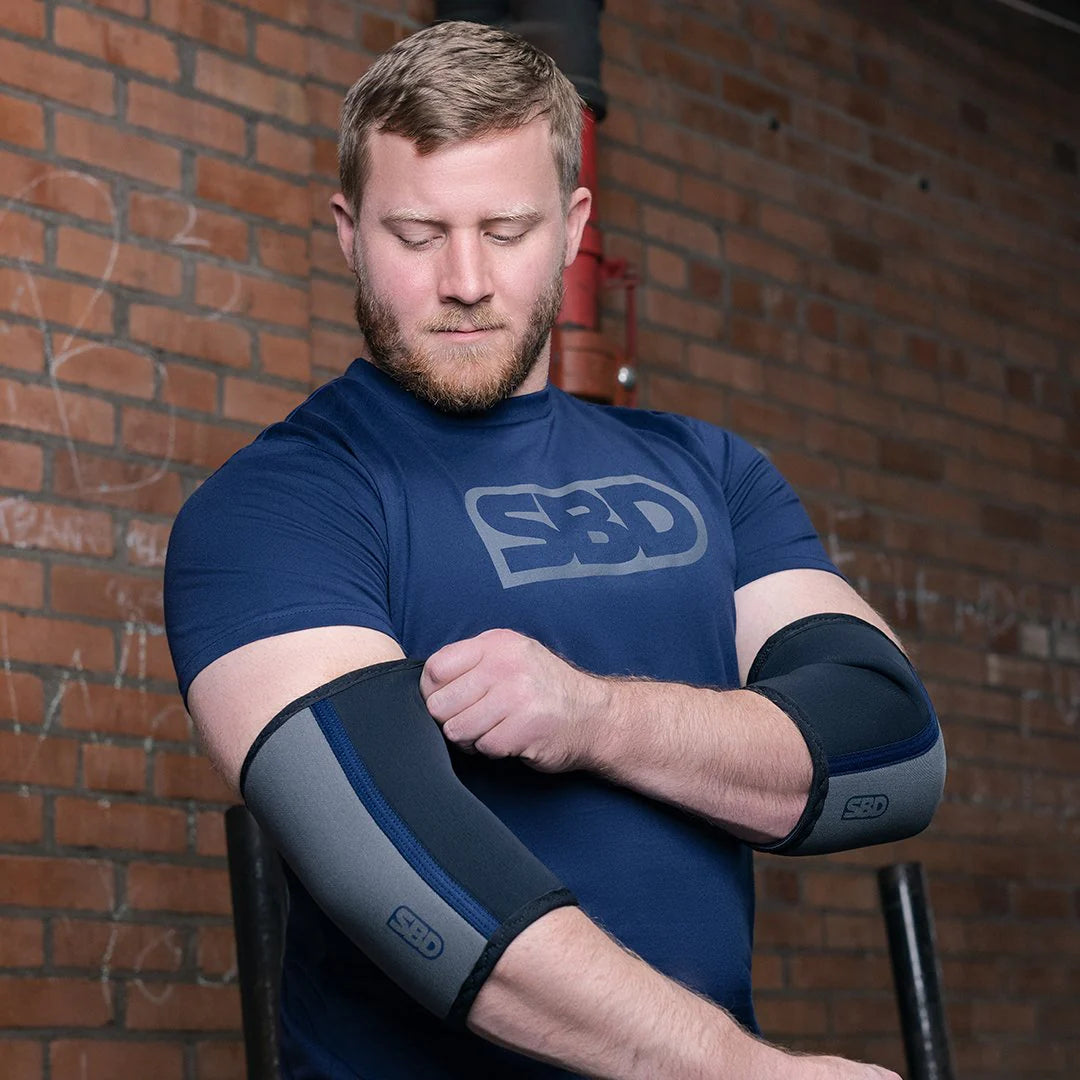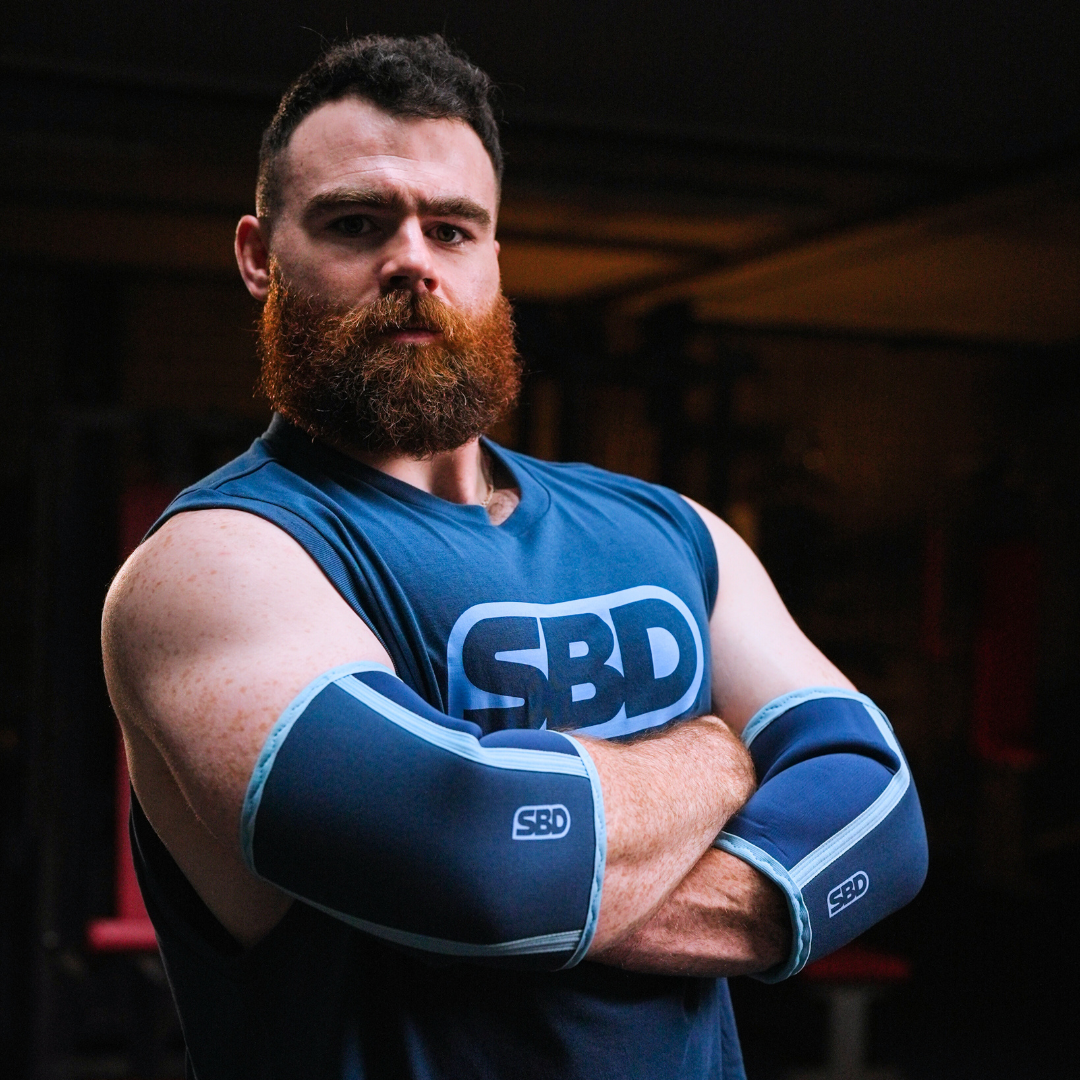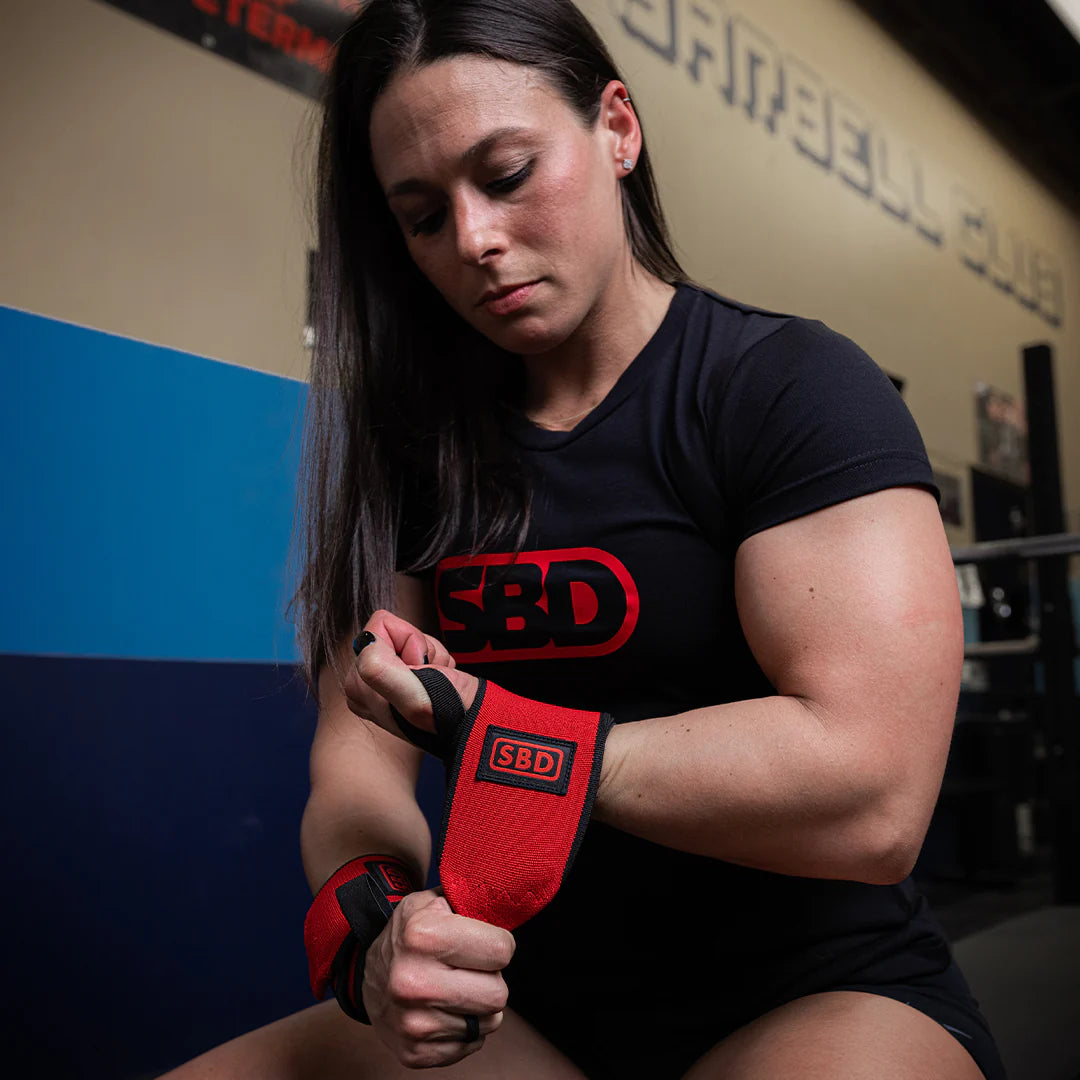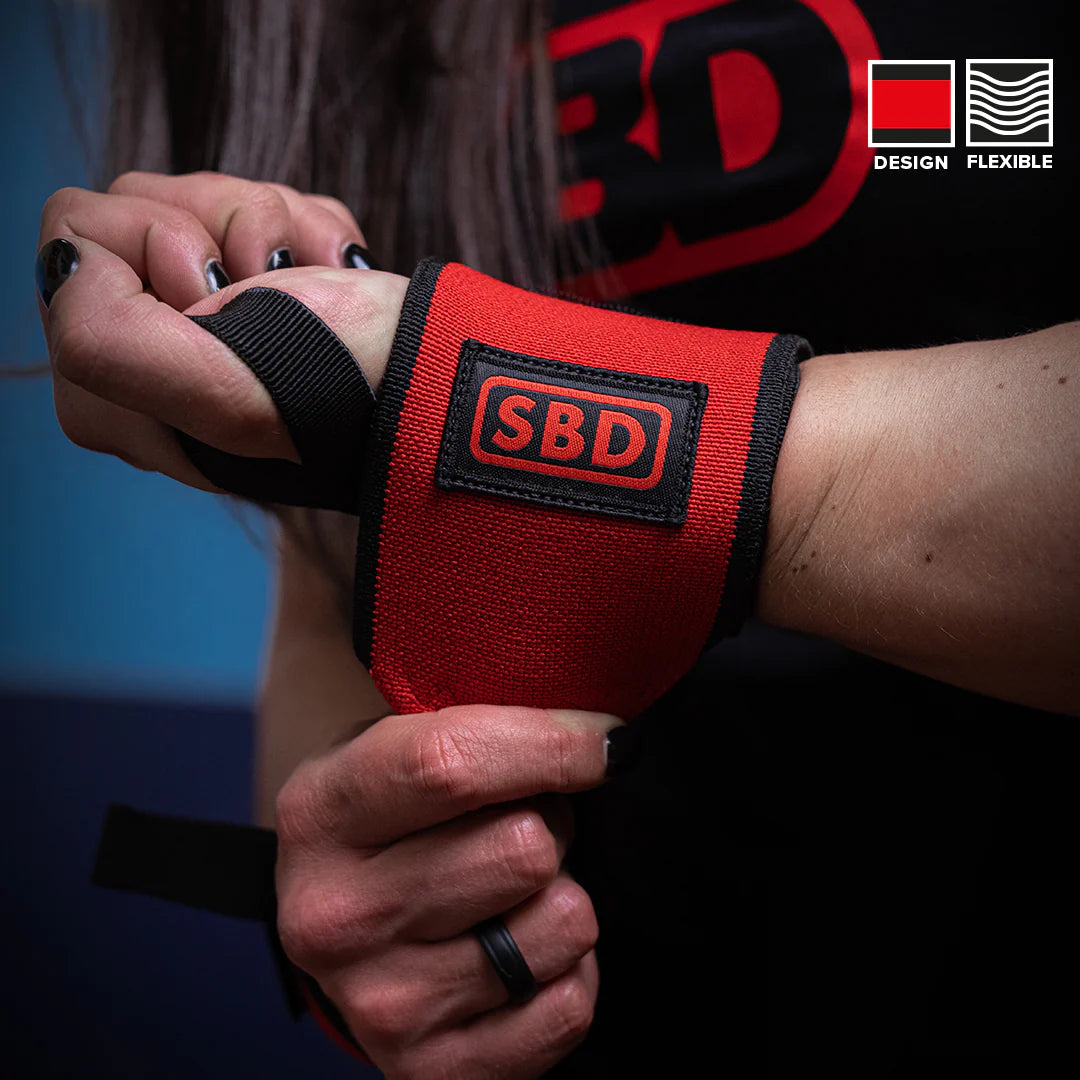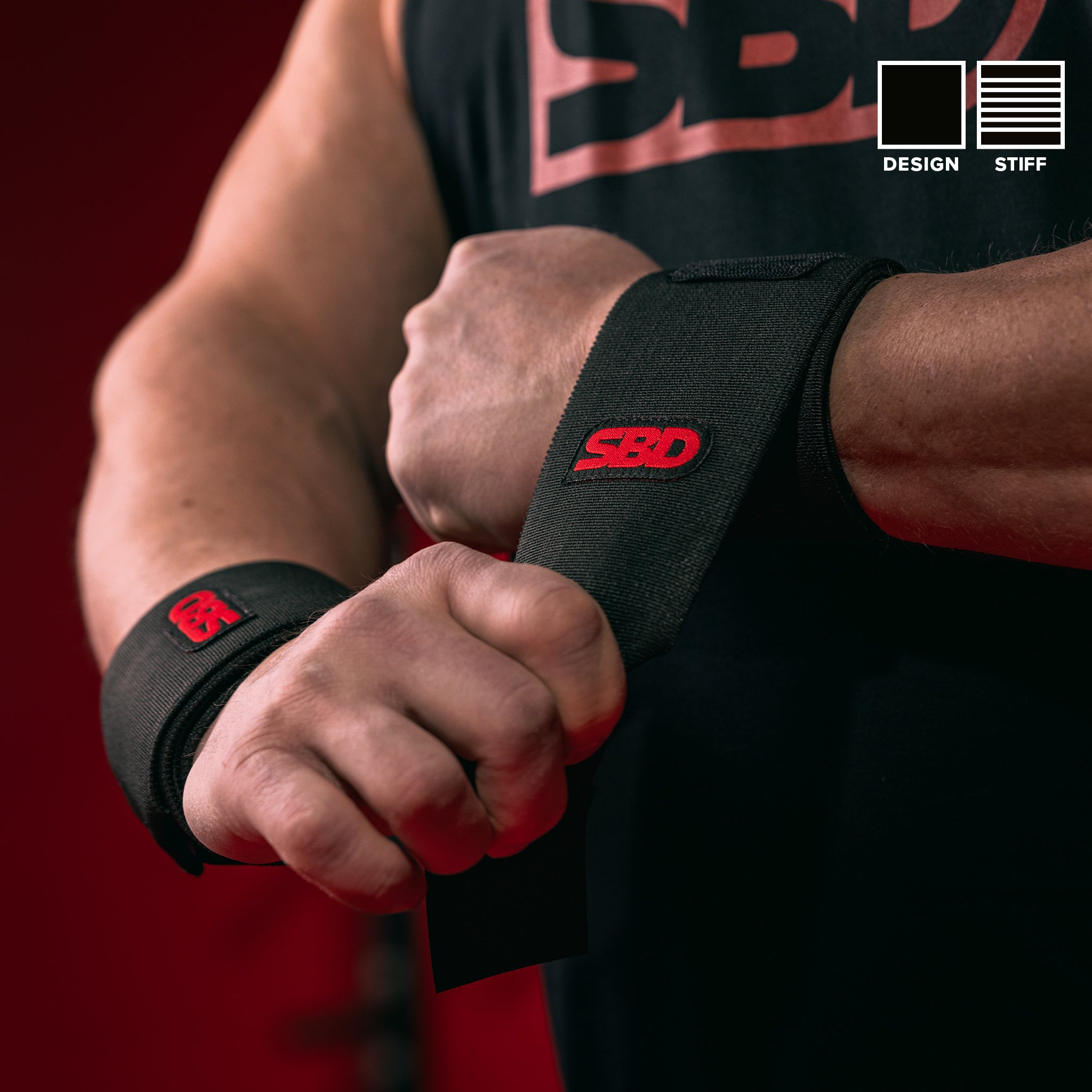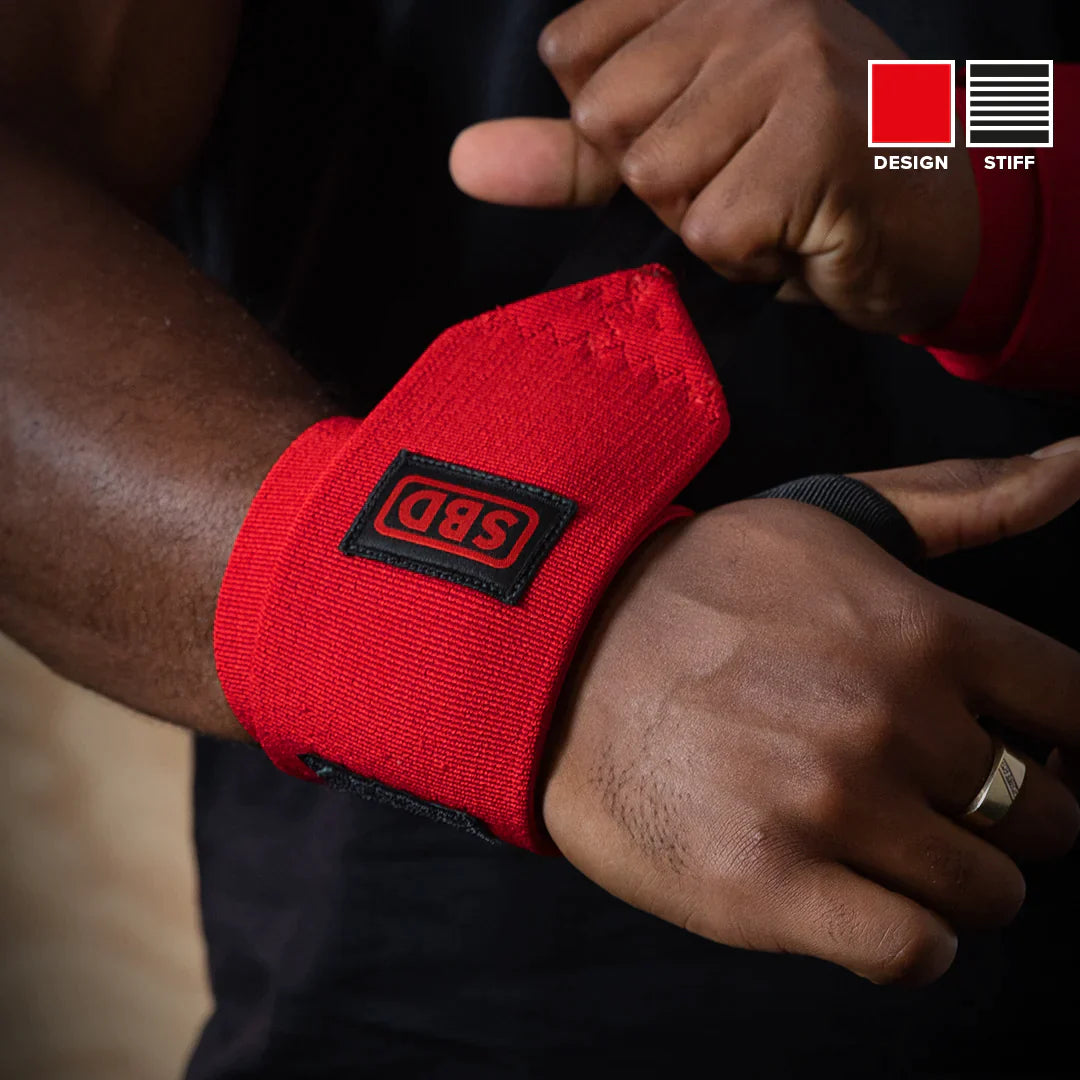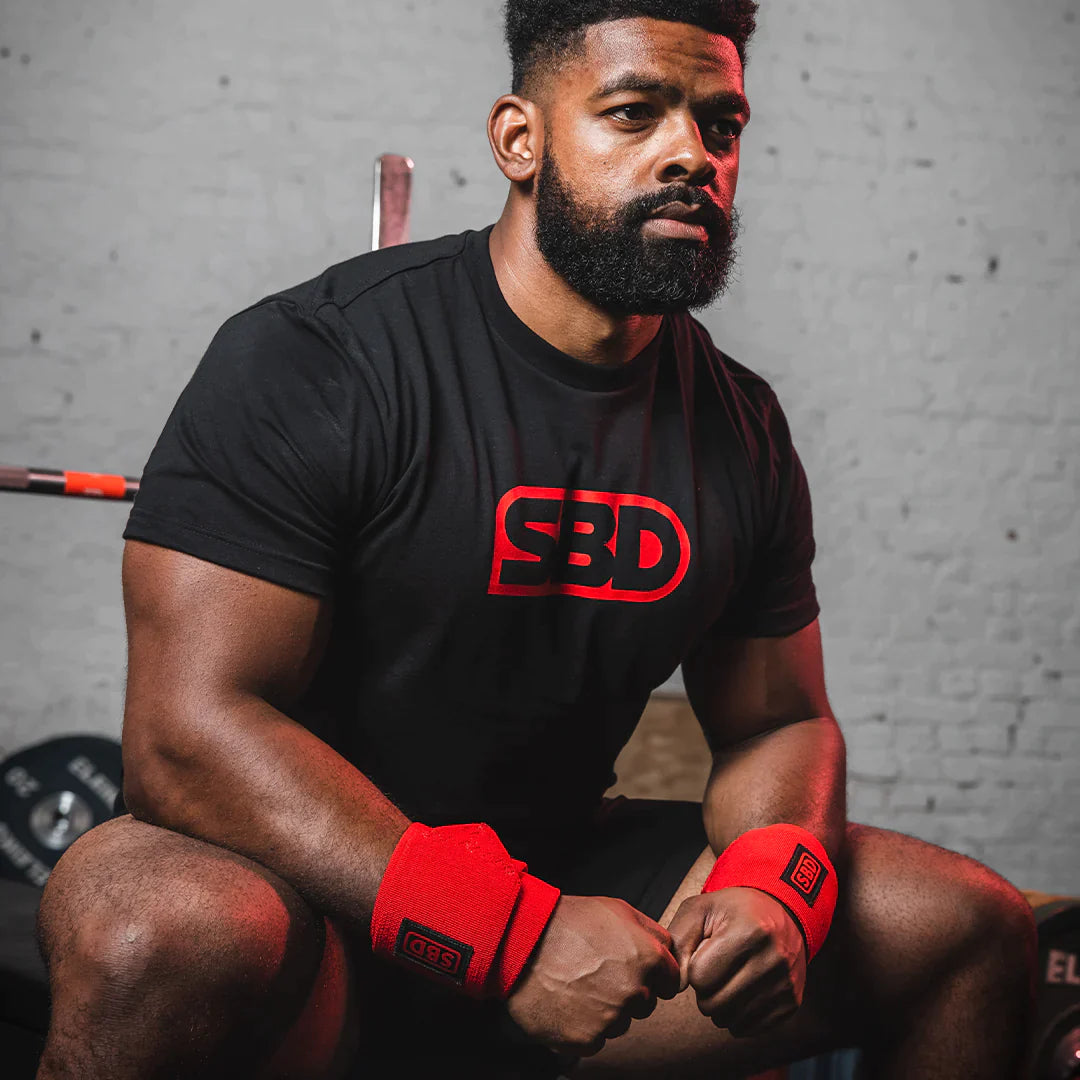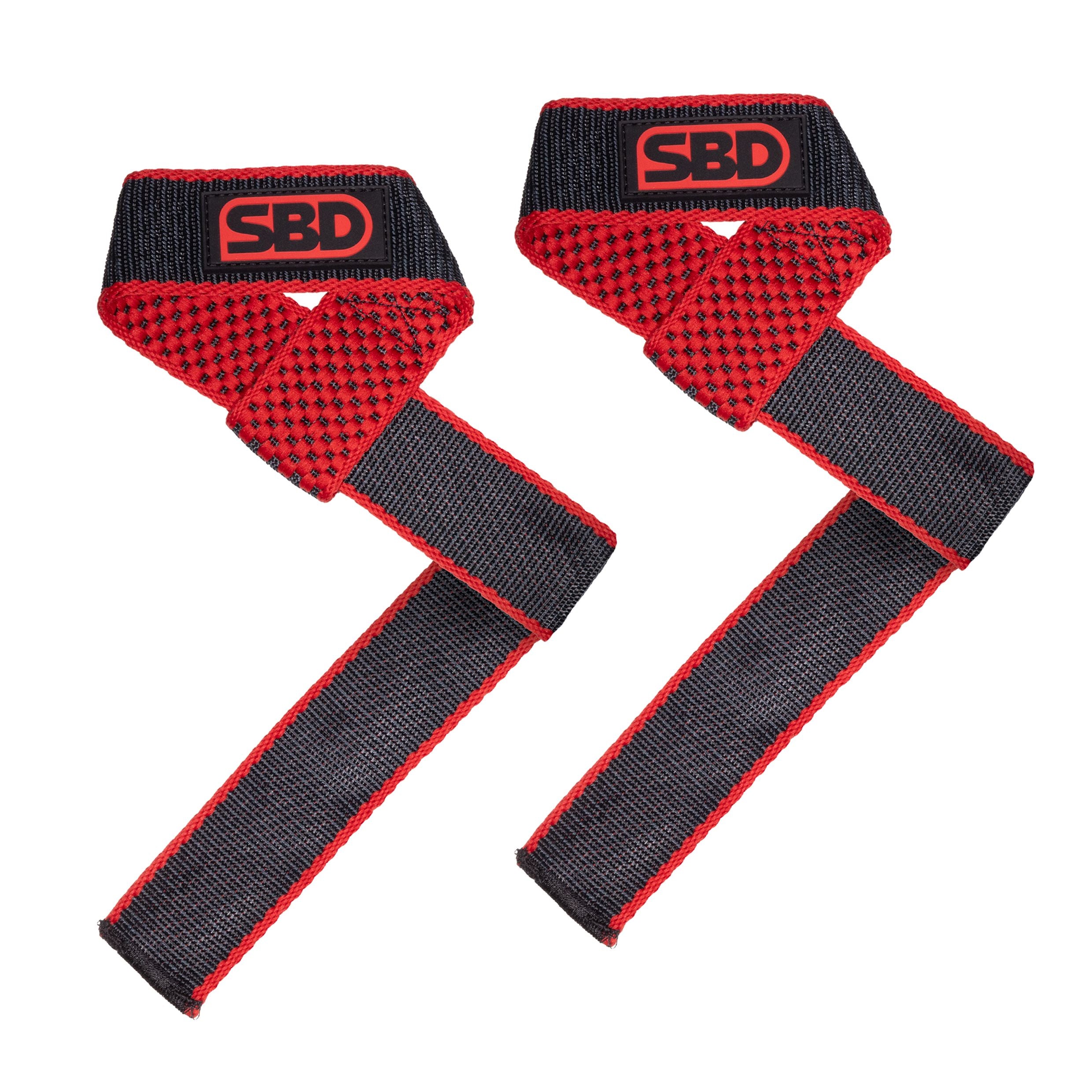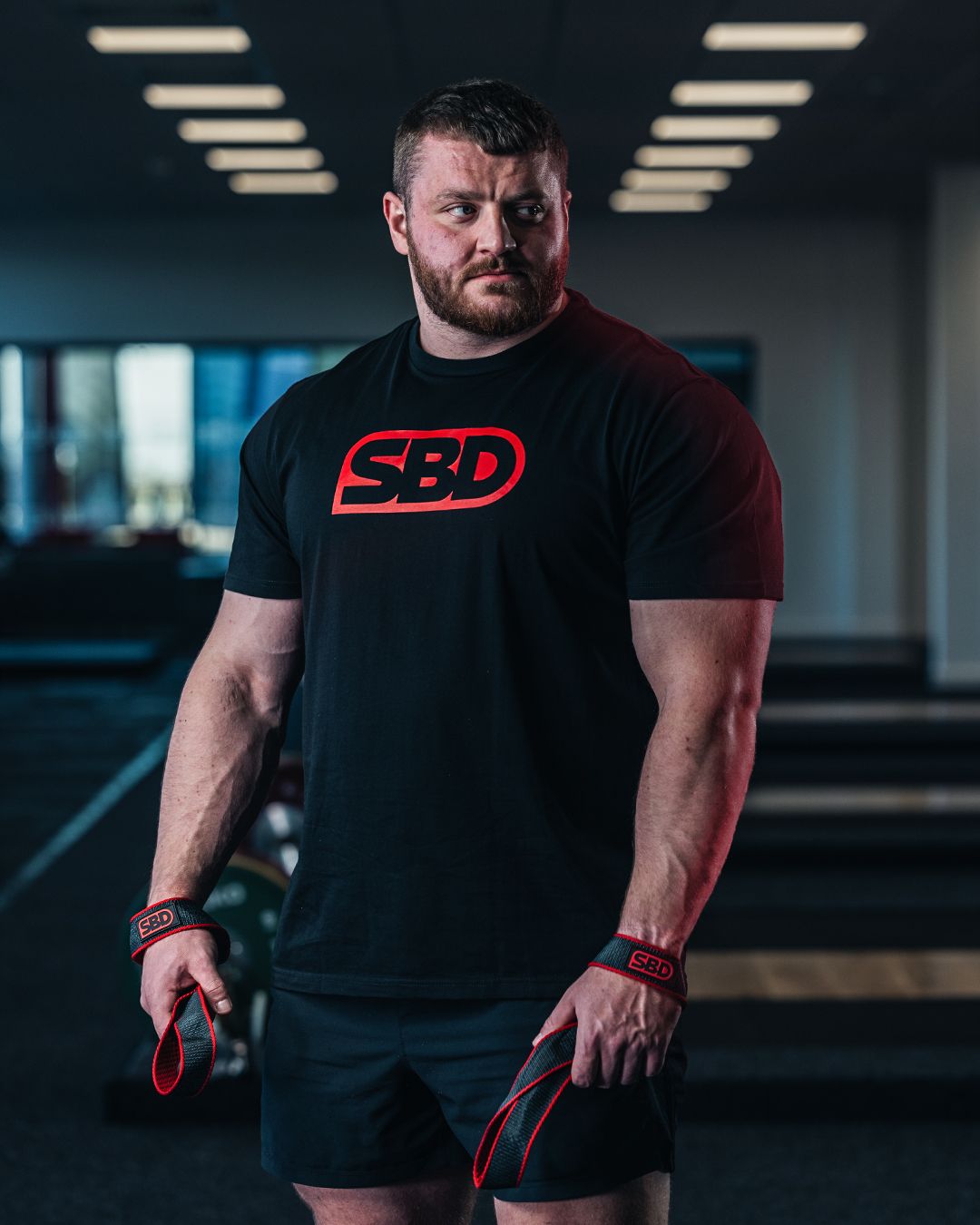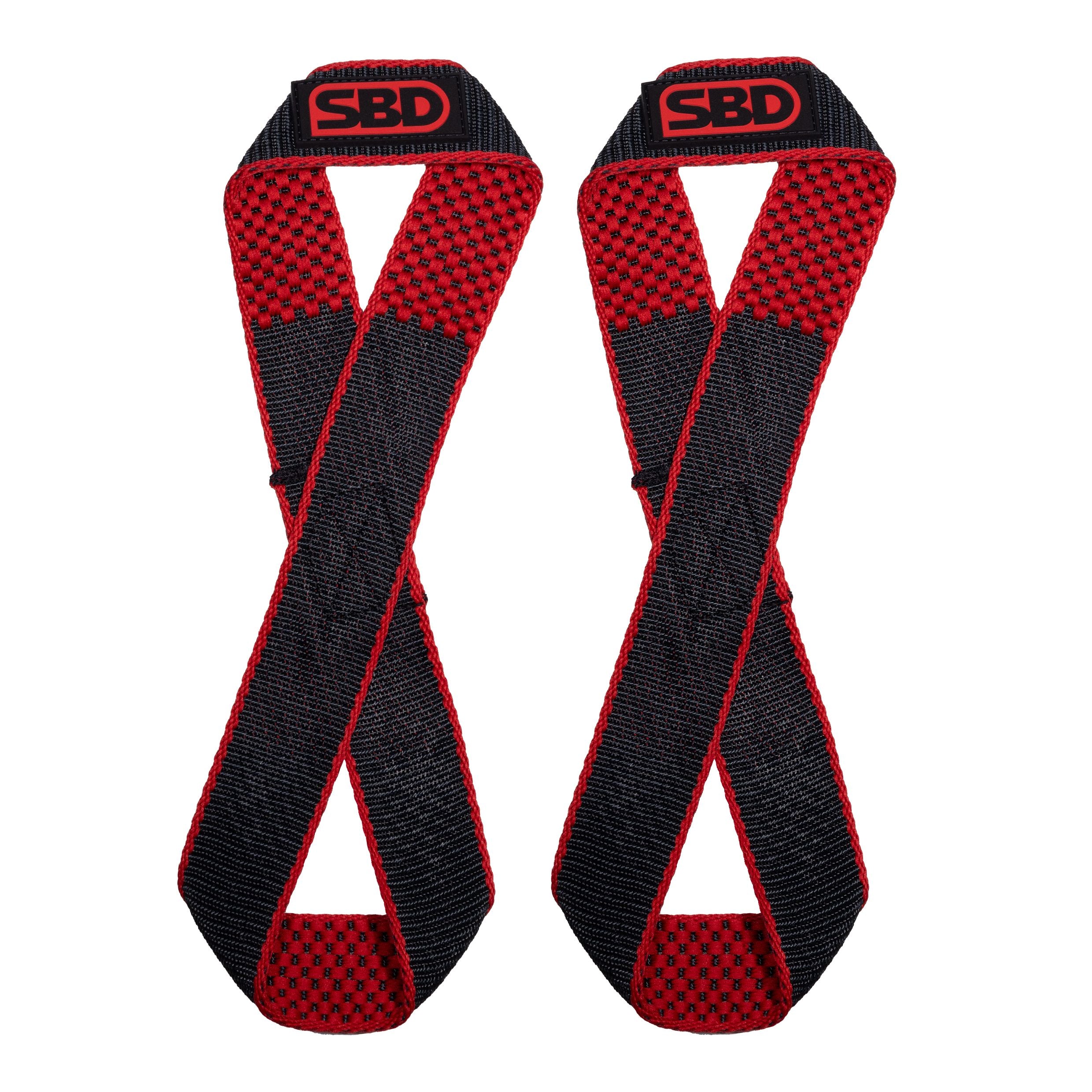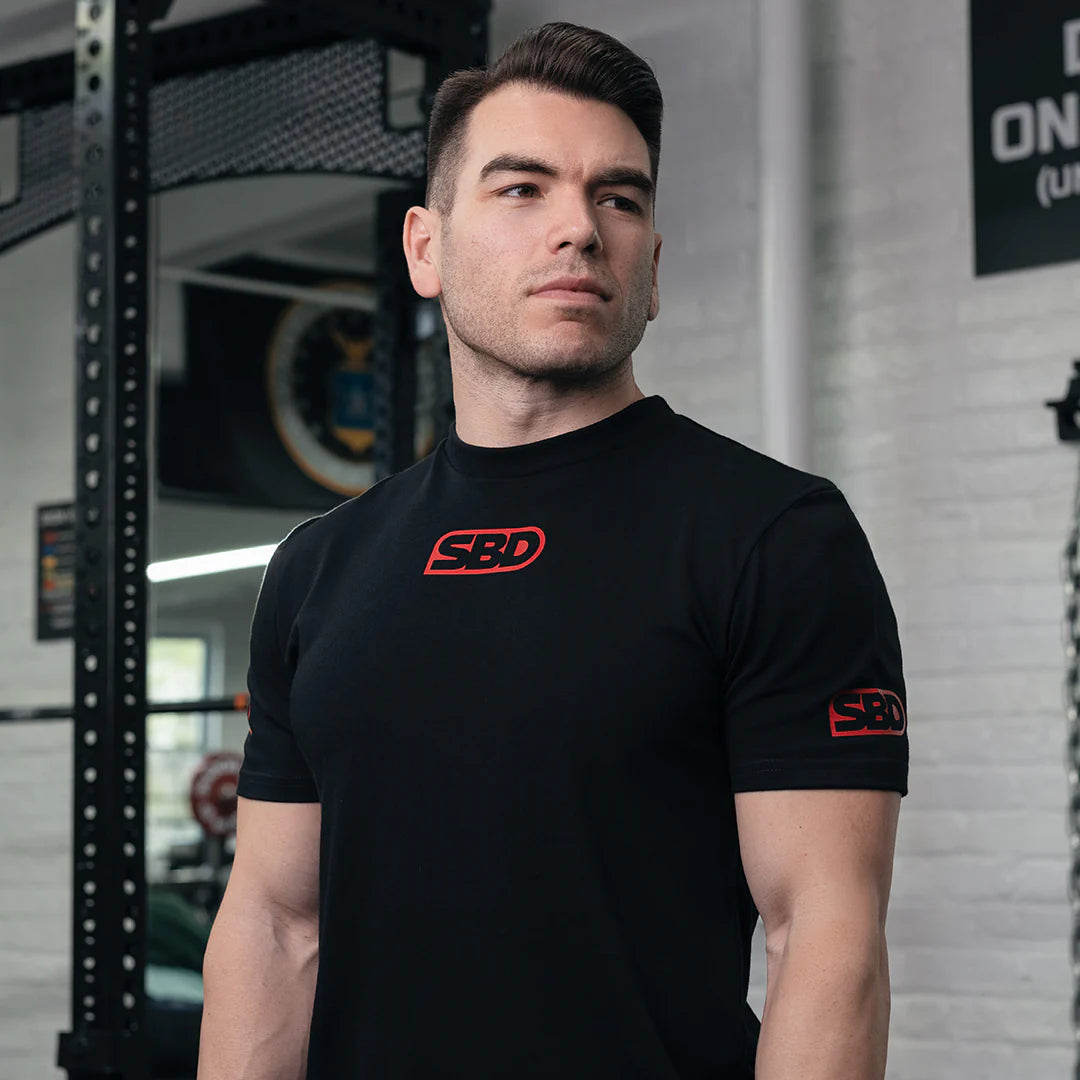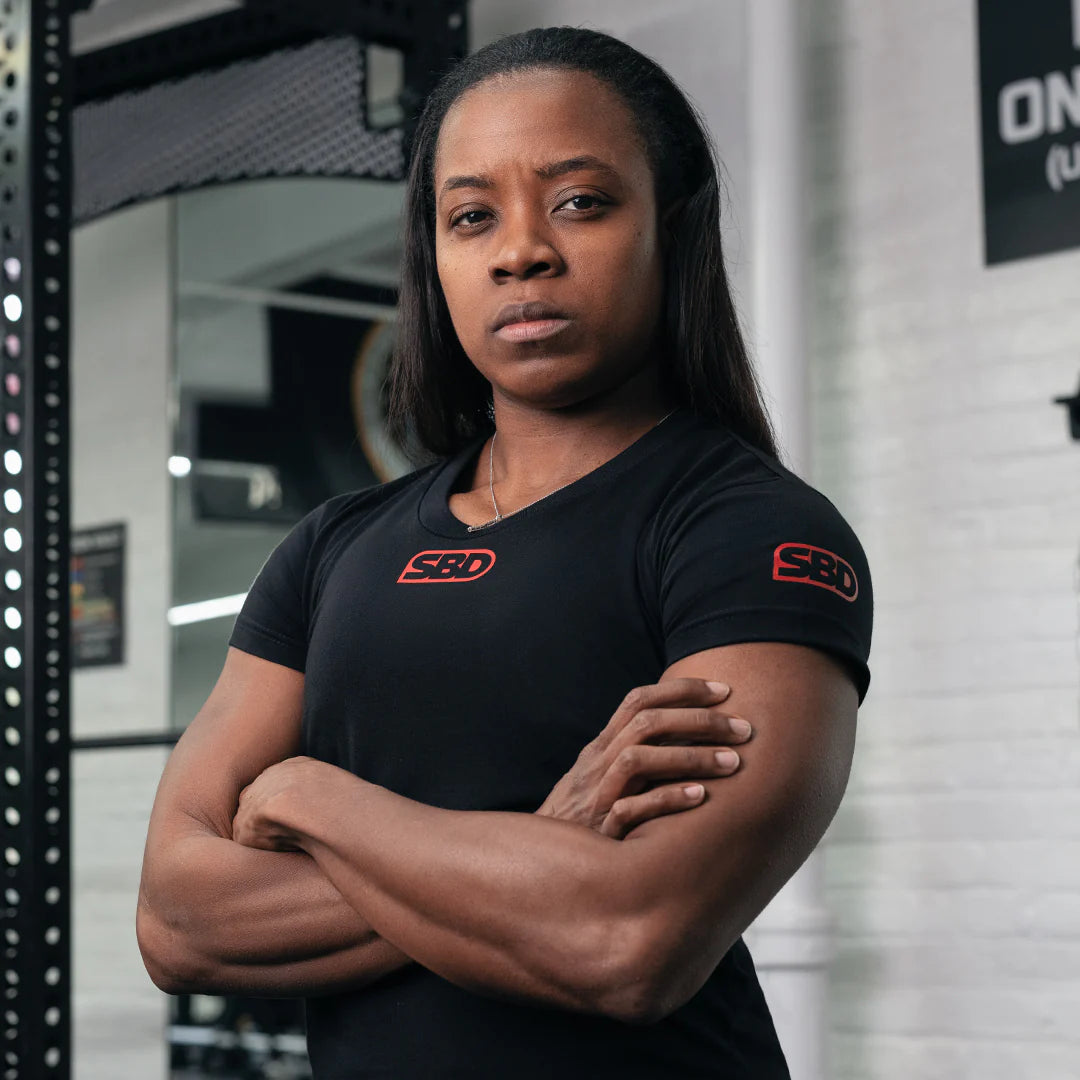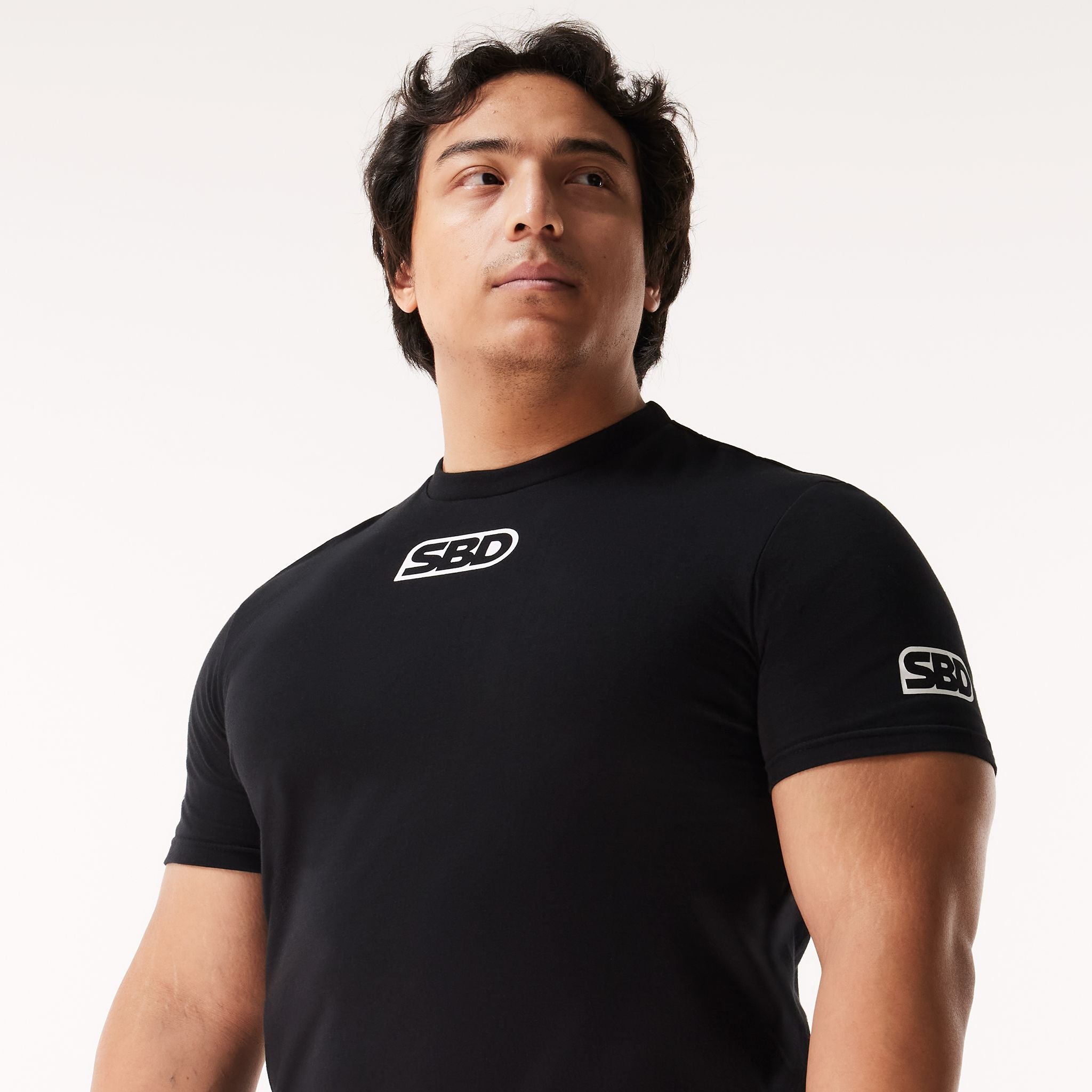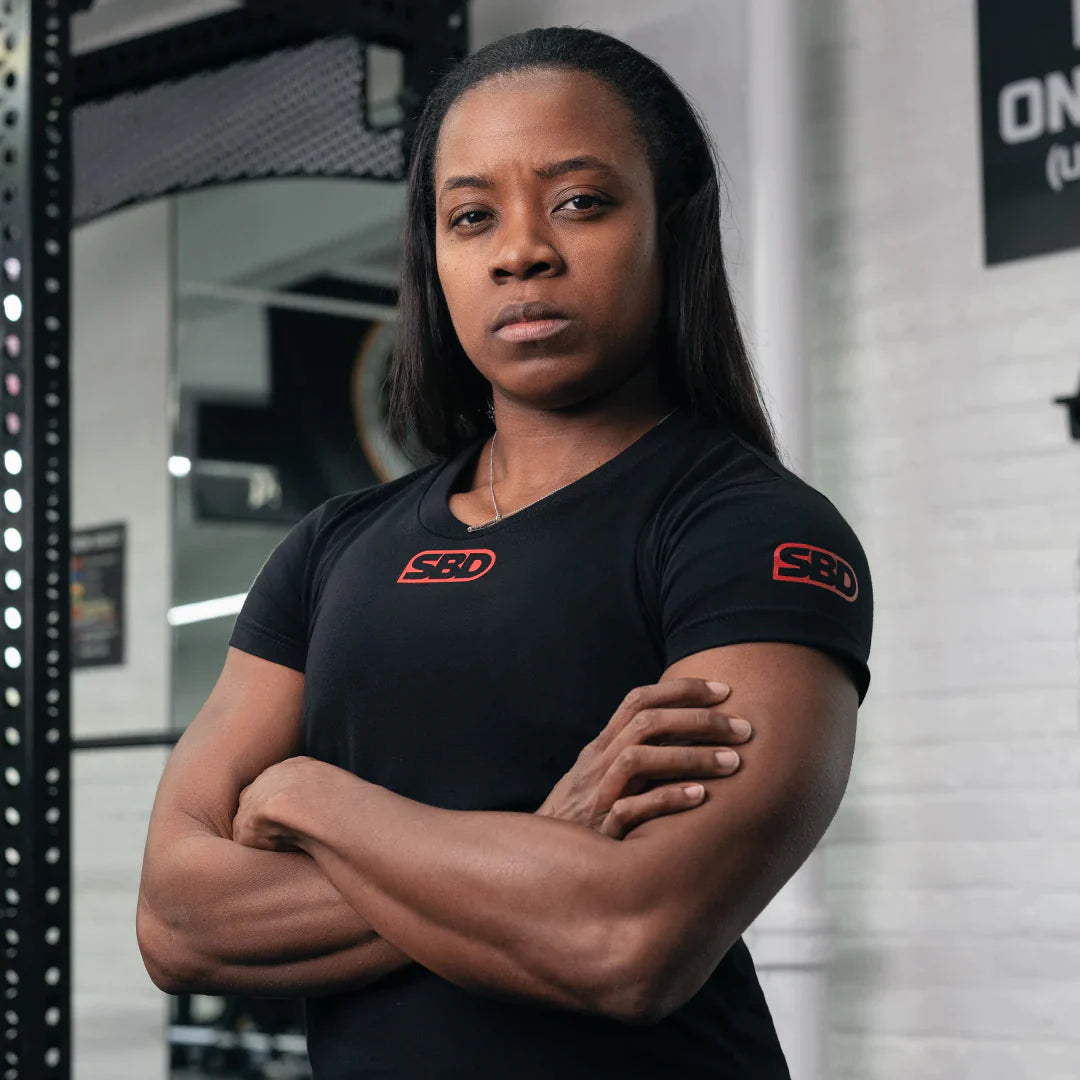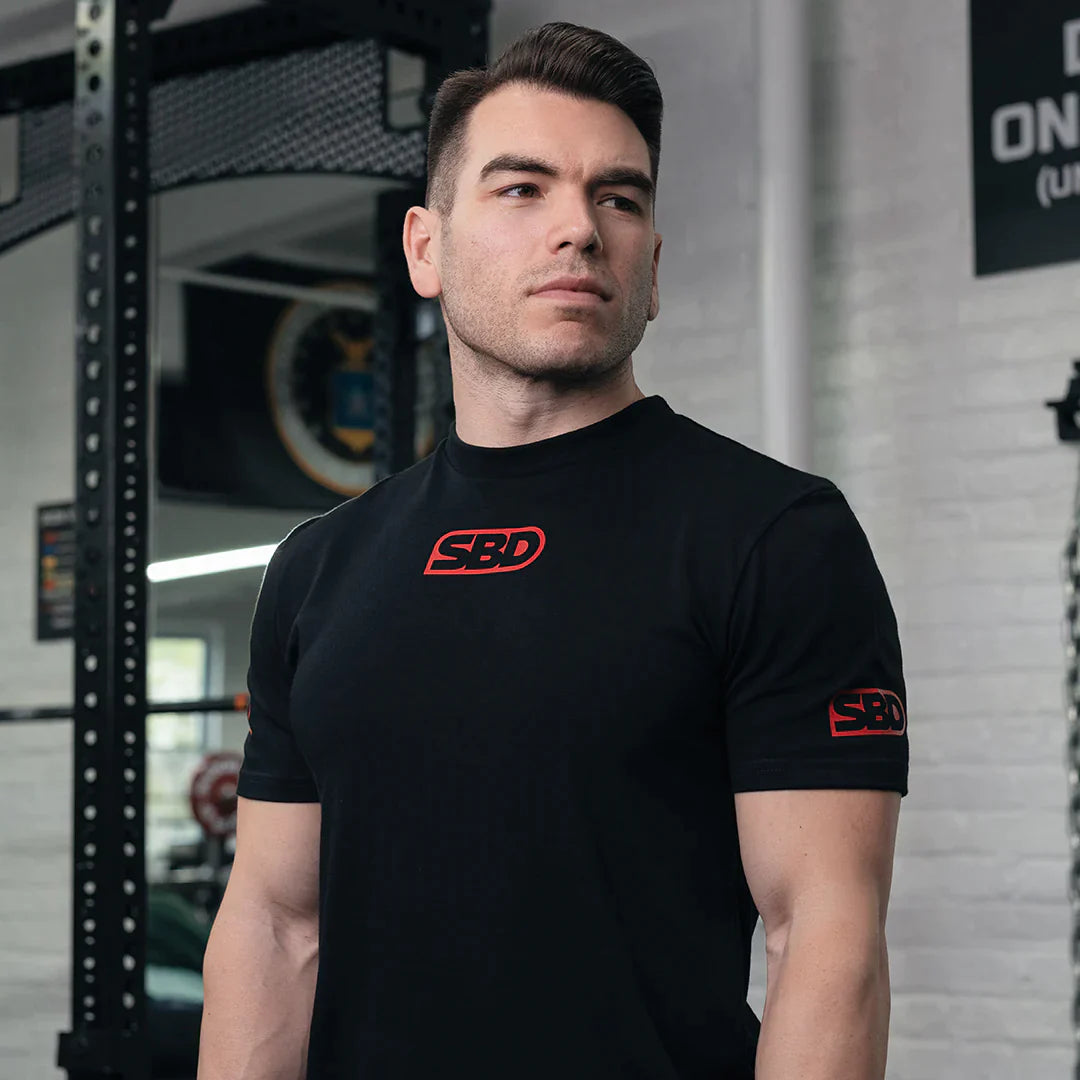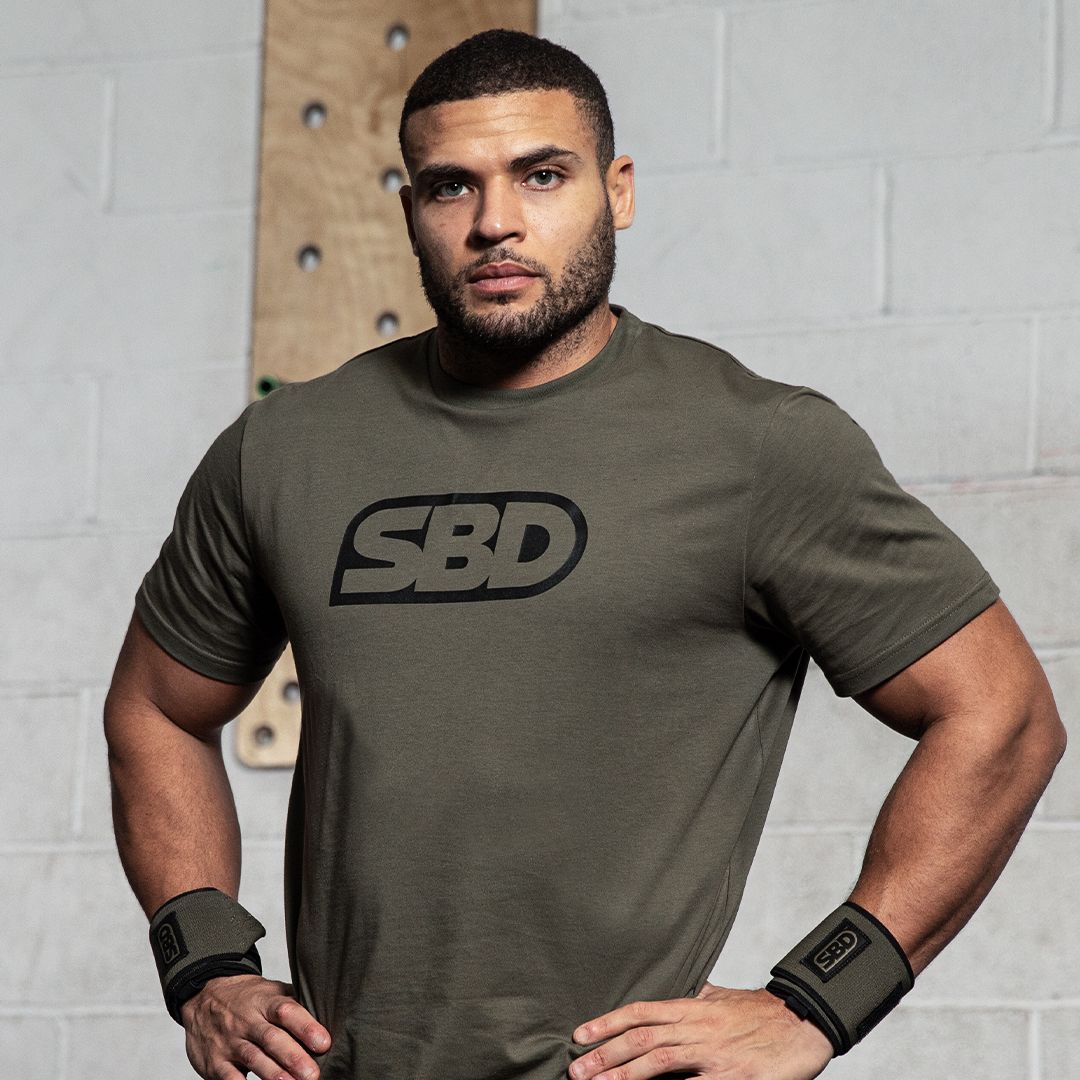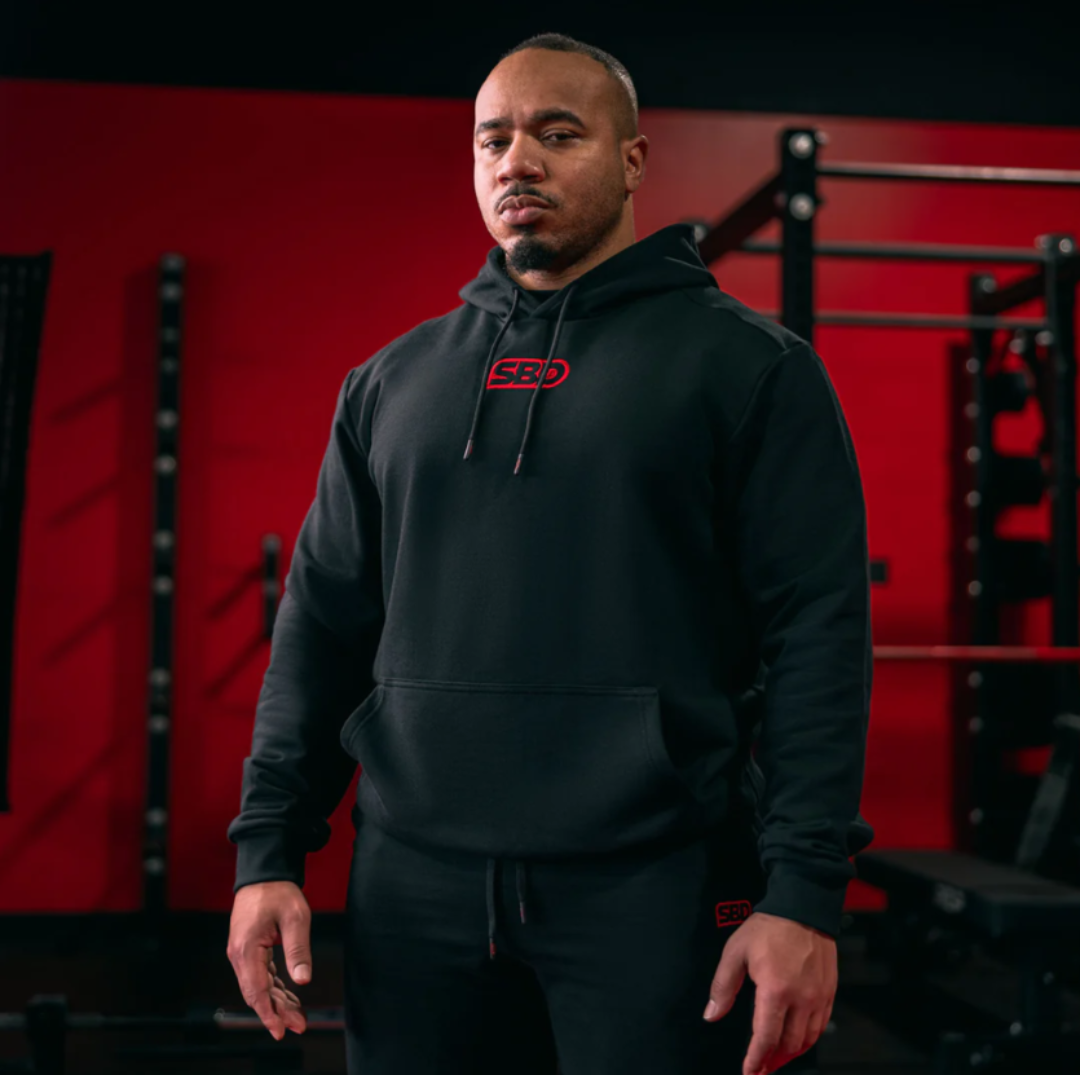When it comes to mastering the bench press, few aspects are as crucial as your elbow positioning. In any discussion about bench press form, the way you align your elbows not only defines your overall technique but also has a profound impact on muscle activation, safety, and performance. Right from the outset, it’s important to note that a proper bench press form can make a world of difference in your training results. In this article, we’re going to dive deep into why elbow positioning is key and how even small tweaks can lead to big improvements in your workouts.
A lot of gym enthusiasts often overlook the significance of proper elbow alignment. They might focus on lifting heavier weights or increasing repetitions without realising that even a slight misalignment can lead to inefficiencies and, worse, injuries. With the right elbow positioning, you’re not just aiming to boost your strength; you’re also working smart to protect your joints and ensure that every rep counts. It’s not merely about the aesthetics of a good form but about building a foundation for sustainable progress.
The bench press is one of the most popular exercises in strength training, widely celebrated for its ability to build upper-body power. However, despite its popularity, many lifters fail to give due consideration to the biomechanics involved. A key element in this equation is the positioning of your elbows. Whether you’re a novice or a seasoned lifter, understanding the science behind elbow positioning can help you optimise your routine. Throughout this article, we will explore how proper elbow placement contributes to an effective bench press form and why it should be a priority in your training programme.
We’ll break down the anatomy involved, explore the science behind muscle engagement, and highlight the key reasons why proper elbow positioning is critical. This isn’t just theoretical knowledge—you’ll also get practical applications and training tips to help you immediately improve your bench press technique. By the end of this comprehensive guide, you’ll have a solid understanding of why your bench press form matters so much and how to implement changes that could transform your workouts.
The Science Behind Elbow Positioning
Understanding the science behind elbow positioning is vital if you’re looking to perfect your bench press form. In this section, we’ll explore the interplay between anatomy, biomechanics, and muscle engagement that underpins a safe and effective bench press. By delving into the intricate details of how our bodies work, we can see why even slight modifications in elbow alignment can lead to significant changes in performance and safety.
Anatomy and Biomechanics
The human body is a marvel of engineering, and nowhere is this more apparent than in the way our muscles, bones, and joints work in concert during a bench press. The elbows, for instance, are pivotal in translating the effort from your chest, shoulders, and triceps into a smooth, coordinated movement. When your elbows are positioned correctly, they maintain a natural angle relative to your torso, which optimises the leverage and force distribution across the involved muscles.
In terms of biomechanics, the angle at which you bend your elbows influences the range of motion and the stress placed on the shoulder joints. A slight outward flare can lead to an increased moment arm, meaning that the load on your shoulder is significantly magnified. Conversely, keeping your elbows at an optimal angle helps in evenly distributing the force, reducing undue stress on vulnerable areas. This balanced approach not only enhances muscle activation but also minimises the risk of injuries such as rotator cuff strains and joint impingements.
The underlying anatomy involves several key muscles: the pectoralis major, anterior deltoids, and triceps brachii all play crucial roles during the bench press. When your elbows are correctly aligned, these muscles are engaged in a way that maximises their contribution. For example, a slight tuck in the elbows can create a more favourable angle for the pectoral muscles to contract, while also allowing the triceps to extend more effectively. This synergy is what allows for both strength and efficiency in every lift.
Furthermore, the bone structure around the elbow joint, including the humerus and the ulna, is designed to handle a considerable amount of stress when in the correct alignment. Any deviation from the optimal position can lead to misalignment and, over time, potential overuse injuries. It’s a classic case of ‘form over force’—where proper technique can enhance your overall performance without necessarily having to increase the load.
Muscle Engagement and Safety
The benefits of proper elbow positioning extend beyond just the mechanical advantages. When your elbows are in the correct place, the muscles involved in the bench press are activated more effectively. This means that your chest, shoulders, and triceps are all working in harmony, allowing for a more powerful and controlled lift. In a well-executed bench press form, each muscle group contributes its fair share, ensuring that no single muscle is overburdened.
In addition, correct elbow alignment plays a crucial role in safety. One of the most common pitfalls in bench pressing is the tendency to let the elbows flare out too wide, which can place excessive strain on the shoulder joints. By keeping the elbows at an angle that is neither too flared nor too tucked, you ensure that the load is shared evenly across the upper body. This balance reduces the likelihood of injuries and ensures that you can train consistently over the long term.
The interplay between muscle engagement and safety is backed by scientific research. Studies have shown that when athletes adjust their elbow positioning, there is a noticeable improvement in muscle recruitment patterns. This means that not only are you lifting more efficiently, but you’re also reducing the risk of developing chronic issues like tendonitis or joint wear. It’s a holistic approach that combines the best of biomechanics with practical training wisdom.
In practical terms, understanding these scientific principles allows you to make informed decisions about your training regimen. For instance, if you’re experiencing discomfort or a lack of progress, a slight tweak in your elbow angle might be all it takes to set things right. This isn’t just about following gym lore—it’s about applying proven scientific principles to achieve better results. Whether you’re pushing through a plateau or simply trying to avoid injuries, a well-informed approach to elbow positioning can be a game-changer.
Moreover, as you become more attuned to your body, you’ll notice subtle differences in how your muscles respond. The bench press form, when executed correctly, feels smoother and more natural. You won’t have to fight against awkward angles or compensatory movements. Instead, every lift will feel more fluid, and you’ll enjoy the satisfaction of knowing you’re performing the exercise in the best possible way. This is the essence of smart training—using your knowledge of anatomy and biomechanics to work smarter, not harder.
In summary, the science behind elbow positioning in the bench press is a testament to the intricate balance between anatomy, biomechanics, and muscle engagement. By understanding and applying these principles, you can enhance your bench press form, ensuring both optimal performance and long-term safety. Remember, a little attention to detail goes a long way, and this knowledge is a valuable tool in your fitness arsenal.
Key Reasons Why Elbow Positioning is Critical
Proper elbow positioning isn’t just a trivial detail—it’s a cornerstone of an effective bench press form. In this section, we’ll break down the key reasons why paying attention to your elbow alignment is essential for maximising muscle activation, reducing injury risk, and ultimately boosting your performance.
Enhanced Muscle Activation
When your elbows are in the right position, the muscles in your upper body can work together more effectively. The pectoral muscles, in particular, are given the optimal angle to contract fully during the pressing movement. This means that instead of relying on secondary muscles to compensate for poor form, your chest, shoulders, and triceps are all activated in unison. A well-coordinated bench press form, with the correct elbow alignment, ensures that each rep contributes directly to your strength gains.
Consider the difference between a lift where your elbows flare out too widely and one where they are tucked in slightly. In the latter case, the force is directed more efficiently through the muscle fibres of the chest. This not only results in better muscle engagement but also helps you push more weight over time. The enhanced muscle activation can lead to faster gains and improved endurance, which are critical for anyone serious about their training.
Moreover, when you achieve a high level of muscle engagement, your body starts to learn the correct movement patterns. Over time, this can help in creating a more natural and powerful bench press form that doesn’t rely on excessive weight to trigger progress. The cumulative effect of consistent, optimised muscle activation is an overall improvement in your workout performance. It’s a clear example of how proper technique can lead to better, more sustainable results.
Reduced Injury Risk
One of the most compelling reasons to focus on elbow positioning is the significant reduction in injury risk. Improper elbow alignment during the bench press can place undue stress on the shoulder joints, often leading to painful conditions such as rotator cuff injuries. By maintaining the correct angle, you can help to disperse the forces generated during the lift, thereby protecting the delicate structures in your shoulder and elbow joints.
A common mistake among lifters is to allow their elbows to flare out excessively, which increases the leverage on the shoulder. This not only compromises your performance but can also result in chronic pain or even acute injuries. When you consistently practice the correct form, you are less likely to experience these setbacks. It’s all about preventing small errors from snowballing into more serious issues over time.
Additionally, proper elbow positioning contributes to a balanced workout, where no single muscle group is overtaxed. This balance is crucial because overloading one area can lead to imbalances and compensatory injuries. By paying attention to your form, you’re ensuring that the load is shared evenly across your muscles and joints, leading to a more sustainable training regimen. It’s a preventative approach that saves you time, pain, and potentially costly downtime due to injuries.
Improved Performance
Beyond the benefits of muscle activation and injury prevention, proper elbow positioning directly correlates with improved performance. When your bench press form is spot on, you’ll notice that your lifts feel smoother, more controlled, and ultimately more powerful. The efficiency gained through correct technique means that you’re not wasting energy on correcting poor form mid-rep. Instead, you’re channelling all your strength into the movement itself.
For many athletes, even minor adjustments in form can lead to noticeable performance gains. Optimising your elbow position means that you can often lift more weight and perform more repetitions, all while maintaining a high level of safety. It’s a performance enhancer that works by ensuring that every muscle is firing at its peak efficiency. This improvement isn’t just about raw strength—it’s about the quality of each movement, which can translate into better results in competitive settings or personal fitness goals.
Furthermore, as you refine your bench press form, you develop a more intuitive understanding of your body’s mechanics. This increased body awareness not only helps in your bench press but can also improve your overall training technique across other exercises. The lessons learned from perfecting your elbow positioning are applicable to a wide range of movements, making you a more well-rounded and resilient athlete.
In essence, the three critical reasons—enhanced muscle activation, reduced injury risk, and improved performance—form the bedrock of why proper elbow positioning is so important. By integrating these principles into your training, you’re setting yourself up for long-term success in the gym. Each rep becomes more effective, each session more productive, and you’re continually working towards a safer, stronger, and more efficient bench press form.
Practical Applications and Training Tips
Translating theory into practice is where real progress happens. In this section, we’ll discuss practical applications and training tips that will help you fine-tune your elbow positioning. These guidelines are designed to be straightforward and actionable, so you can start incorporating them into your routine right away.
Proper Bench Press Setup
A good bench press starts with a proper setup. Begin by ensuring that your bench is at the correct height and that you’re lying flat with your feet firmly planted on the ground. Your shoulder blades should be retracted and in contact with the bench. This stable base is critical for maintaining a consistent bench press form.
-
Alignment Tips:
- Keep your elbows tucked at a slight angle relative to your torso.
- Ensure that your wrists remain in line with your forearms to avoid unnecessary strain.
- Position yourself so that the bar passes over your mid-chest for maximum efficiency.
Taking a few extra seconds to set up properly can pay dividends in terms of both safety and performance. Remember, a solid setup leads to a solid lift.
Technique Adjustments
Even if you’ve been bench pressing for years, there’s always room for improvement. One effective way to enhance your elbow positioning is to film yourself during your workouts. Watching your technique can help you spot any deviations from the ideal form. Once you identify these issues, try making small adjustments:
- Make Gradual Changes: Don’t overhaul your entire technique overnight. Instead, focus on minor tweaks that collectively improve your overall form.
- Use a Spotter: A knowledgeable spotter can provide real-time feedback and help you correct any misalignments before they become ingrained habits.
- Warm-Up Drills: Incorporate warm-up drills that emphasise proper elbow movement. For instance, perform light presses with a focus solely on maintaining the correct elbow angle.
These technique adjustments are all about fine-tuning. Over time, these minor corrections can lead to significant improvements in both muscle engagement and overall performance. It’s all about working smart and making the most out of every rep.
Common Mistakes and How to Avoid Them
Even experienced lifters can fall prey to common mistakes. Here are a few frequent errors related to elbow positioning, along with tips on how to avoid them:
-
Elbows Flaring Out:
- Issue: Excessive flaring places unnecessary strain on the shoulders.
- Solution: Keep your elbows at about a 45-degree angle relative to your body.
-
Over-Tucking the Elbows:
- Issue: Tucking too much can reduce the range of motion and diminish chest engagement.
- Solution: Find a balanced position that protects your joints while still allowing full muscle contraction.
-
Inconsistent Form:
- Issue: Without consistency, your muscles adapt to poor form, increasing injury risk.
- Solution: Regularly review your technique, either by recording your lifts or working with a coach.
By being aware of these pitfalls, you can proactively adjust your technique. Remember, it’s not about being perfect right away—it’s about making steady progress and refining your form with each session.
Using these practical tips can help transform your bench press form. By ensuring your elbows are correctly positioned, you’ll enjoy enhanced muscle activation, a lower risk of injury, and overall better performance in the gym.
Frequently Asked Questions (FAQs)
FAQ 1: Why is proper elbow positioning important in bench press form?
Proper elbow positioning ensures that your chest, shoulders, and triceps work together efficiently. It helps direct the force through the right muscle groups, reduces undue stress on the shoulder joints, and minimises the risk of injury. In essence, it’s crucial for both performance and safety.
FAQ 2: How can I improve my elbow positioning?
Improving your elbow positioning involves paying close attention to your form. Techniques such as recording your lifts, seeking feedback from a spotter or coach, and incorporating warm-up drills that focus on proper alignment can be highly beneficial. Small, incremental adjustments can lead to significant improvements over time.
FAQ 3: What are the risks of improper elbow positioning?
Incorrect elbow alignment can lead to a range of problems, including shoulder impingement, rotator cuff injuries, and even elbow strain. Over time, poor form can also lead to muscle imbalances, reducing overall performance and potentially side lining you with chronic injuries.
FAQ 4: Can proper elbow positioning boost my bench press performance?
Absolutely. When your elbows are correctly aligned, your muscles can generate force more effectively, allowing you to lift heavier and perform more repetitions. This optimisation of muscle recruitment leads to better performance, strength gains, and an overall more efficient bench press form.
FAQ 5: How does elbow positioning affect muscle engagement?
Elbow positioning directly influences how your chest, shoulders, and triceps engage during the bench press. The correct angle allows for maximum contraction of the pectoral muscles while also ensuring that the triceps and deltoids support the movement. This balanced engagement not only improves strength but also enhances stability and endurance.
FAQ 6: What are common mistakes in elbow positioning?
Common mistakes include flaring the elbows too widely, which places excessive stress on the shoulders, and over-tucking, which can reduce the range of motion. Inconsistent form is another issue, as it can lead to improper muscle recruitment over time. Recognising and correcting these mistakes is key to developing a sustainable, safe bench press form.
Conclusion and Final Thoughts
In summary, proper elbow positioning is far more than a minor detail in your bench press form—it’s a critical element that influences muscle activation, injury prevention, and overall performance. By adhering to the guidelines discussed in this article, you can build a more efficient and safe bench press routine that not only enhances your strength but also protects your joints for the long haul.
Remember, the journey to a better bench press form is gradual. It involves consistent practice, self-assessment, and a willingness to adapt your technique over time. Use the insights provided here as a roadmap to refine your training regimen. By integrating these techniques into your routine, you’re not only aiming for immediate improvements but also setting the stage for long-term progress and injury-free workouts.
For anyone serious about strength training, investing time in perfecting your form will pay off immensely. It’s about working smarter, not harder. With a better understanding of how proper elbow positioning contributes to a superior bench press form, you’re now equipped to make those necessary adjustments. Stay committed, keep reviewing your technique, and don’t be afraid to make small changes that lead to big improvements over time.

